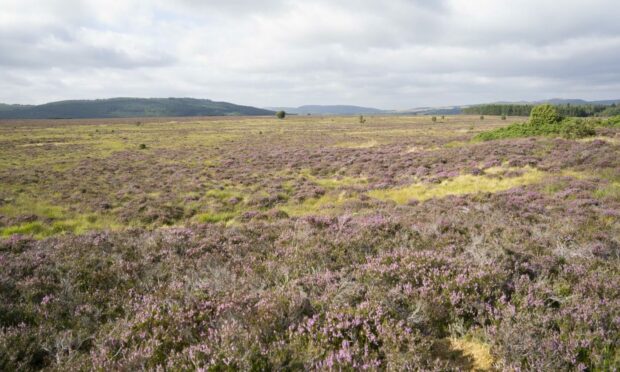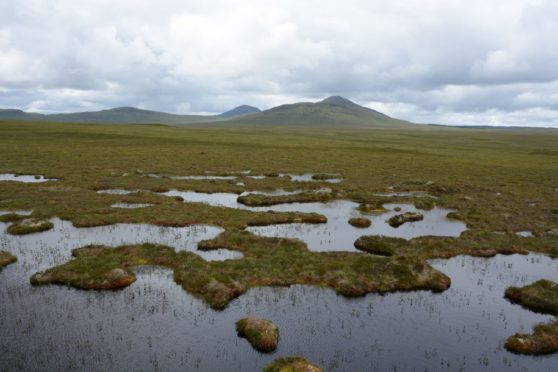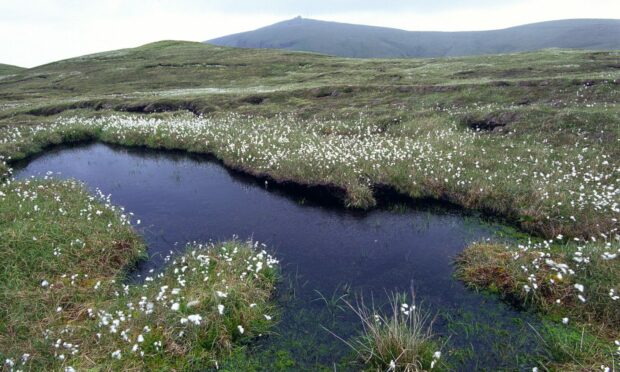Addressing the twin challenges of biodiversity loss and the climate emergency – and thereby helping Scotland as a nation reach net zero in greenhouse gas emissions by 2045 – will provide challenges and opportunities for upland land managers.
Our uplands support many rare and declining species and are considered to be High Nature Value farmland due to the extensive livestock management practices that typify these low-input, low-output hill farming and crofting systems.
They also have huge potential to provide a wider range of societal benefits, including the sequestration and storage of carbon in semi-natural upland habitats such as blanket bogs and mountain woodland.

How we manage upland habitats therefore impacts on their biodiversity value and ability to provide a range of other ecosystem services, such as carbon storage and flood mitigation.
However, although a large amount of data has been collected on carbon stores and fluxes on deep peats and – to a lesser extent – in woodlands, there is relatively little information on carbon within upland grassland and heathland habitats on shallow peats and podzolic soils.
Habitats
There is also limited evidence on how management of these habitats affects their ability to store carbon, maintain biodiversity and mitigate flooding, so exploring the interactions is essential to inform future policy and to identify where any synergies and trade-offs occur. I am pleased to say that we have just started a project looking at these issues.
The wide range of upland and lowland habitats on Kirkton and Auchtertyre farms include grazed acid and calcareous grasslands, dwarf-shrub heath, blanket bog, mountain woodland and scrub, permanent pasture, wetland, water margins and reseeded grassland.

These habitats differ in their potential to sequester and store carbon depending on their underlying soils, vegetation composition and structure and management.
The wider environmental outputs from Kirkton and Auchtertyre farms have been well studied since the 1990s. As a result, we have a range of data available on habitats and biodiversity such as birds and pollinators.
We also modelled carbon stocks and water storage capacity of the upland areas of the farms using information derived from field-based vegetation maps and known grazing intensity and land-use management.
This new project will ground-truth these existing maps of carbon storage potential and flood mitigation using surveys and environmental sensors to monitor rainfall and water levels.
Biodiversity
We will also collect new biodiversity data not only using standard ecological surveys but also using innovative approaches such as acoustic sensors to monitor birds and bats and camera traps to assess small mammal occurrence.
We will also work with NatureScot to test the applicability of habitat scorecards that can help agri-environment schemes, and a habitat quality app that may help farmers and crofters identify where best to target biodiversity actions.
The project will ensure that we obtain data that fully represents the range of upland and lowland habitats present on the farms. This will allow us to create models of carbon storage, biodiversity conservation potential and flood mitigation across the farms.
Later in the project we will collect data on sites away from the farms to allow us to test the relevance and scalability of the findings of the study.
Davy McCracken is professor of agricultural ecology and head of SRUC’s Hill and Mountain Research Centre at Crianlarich.
